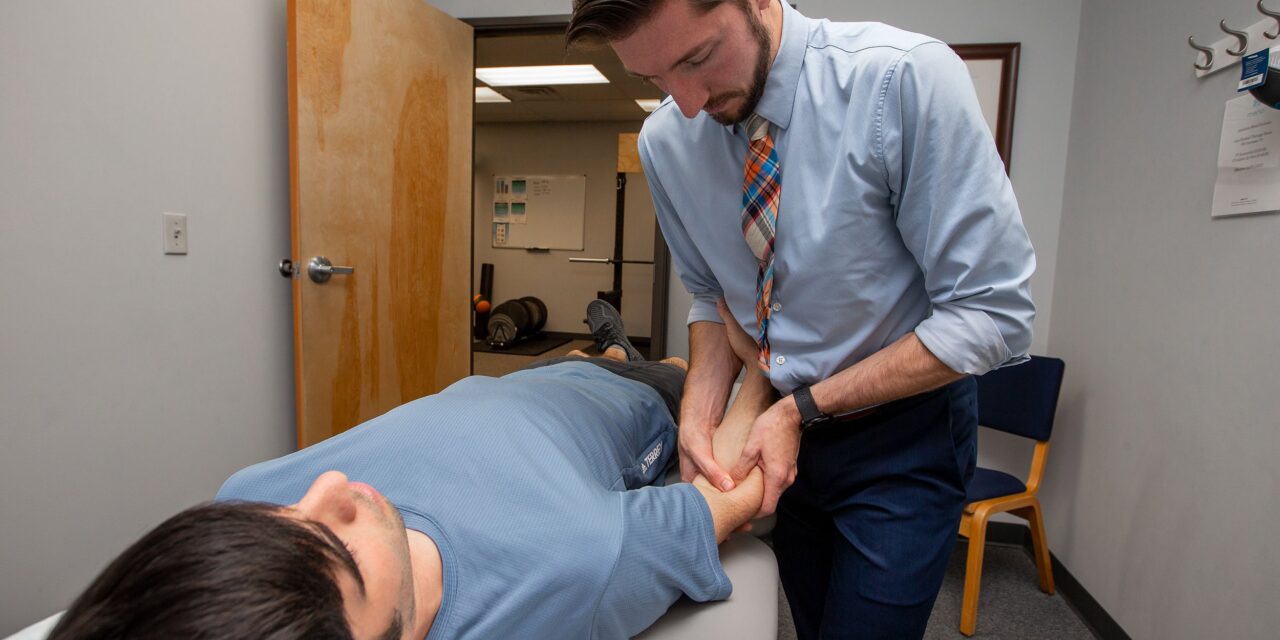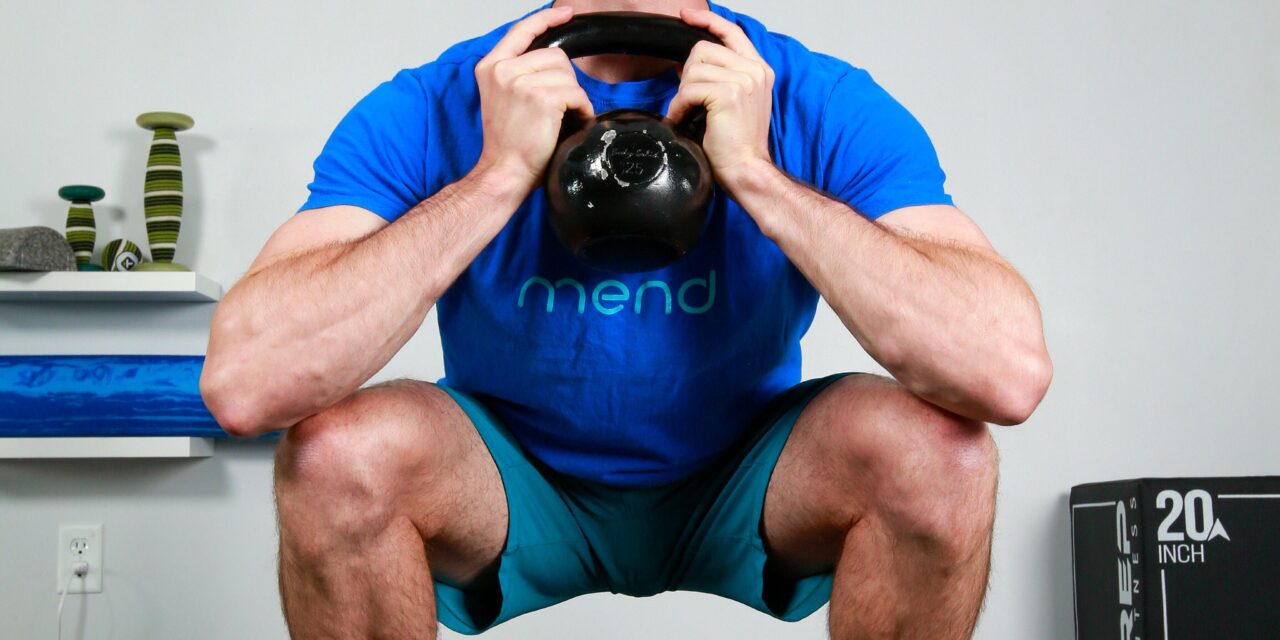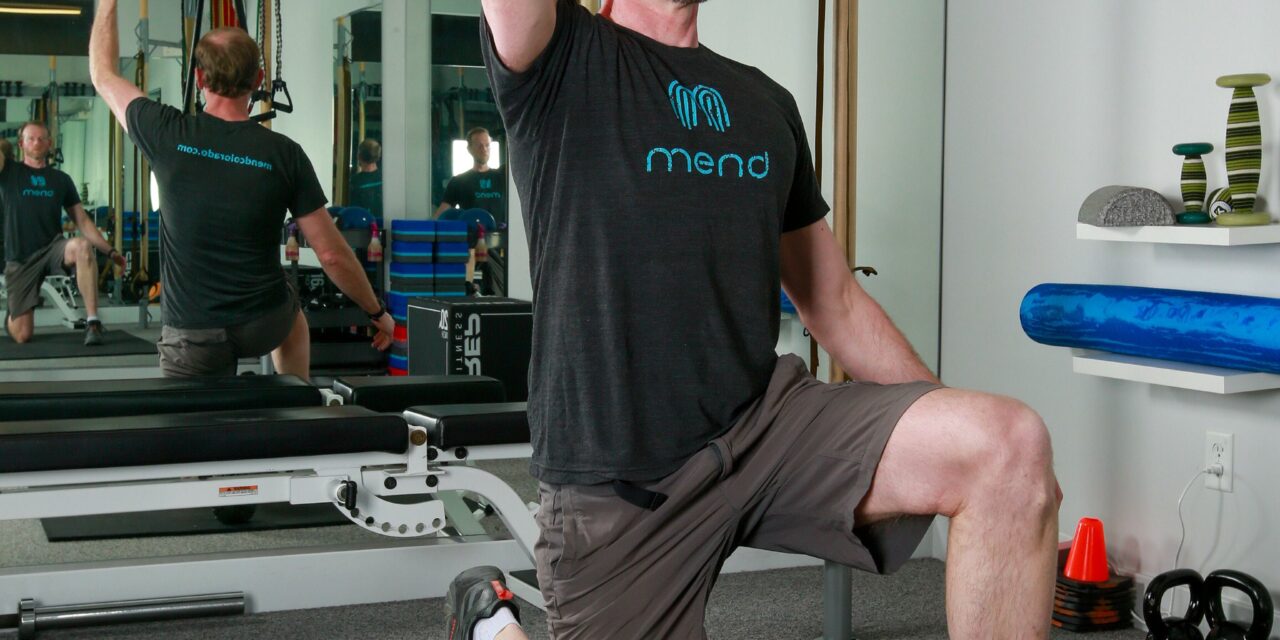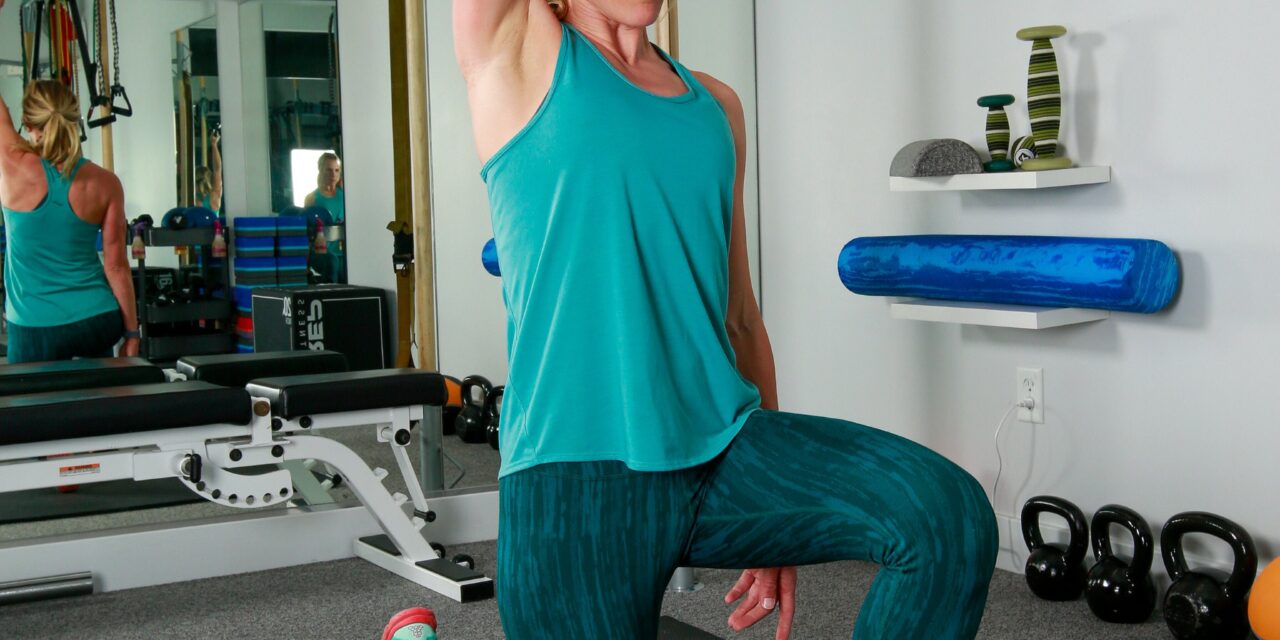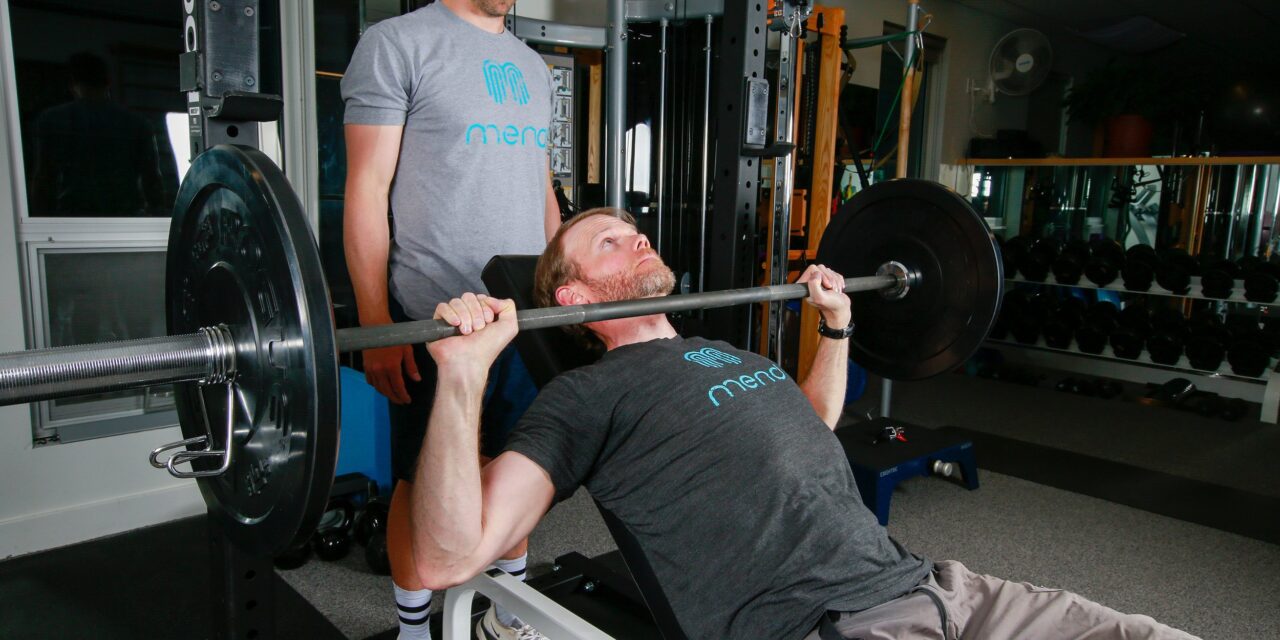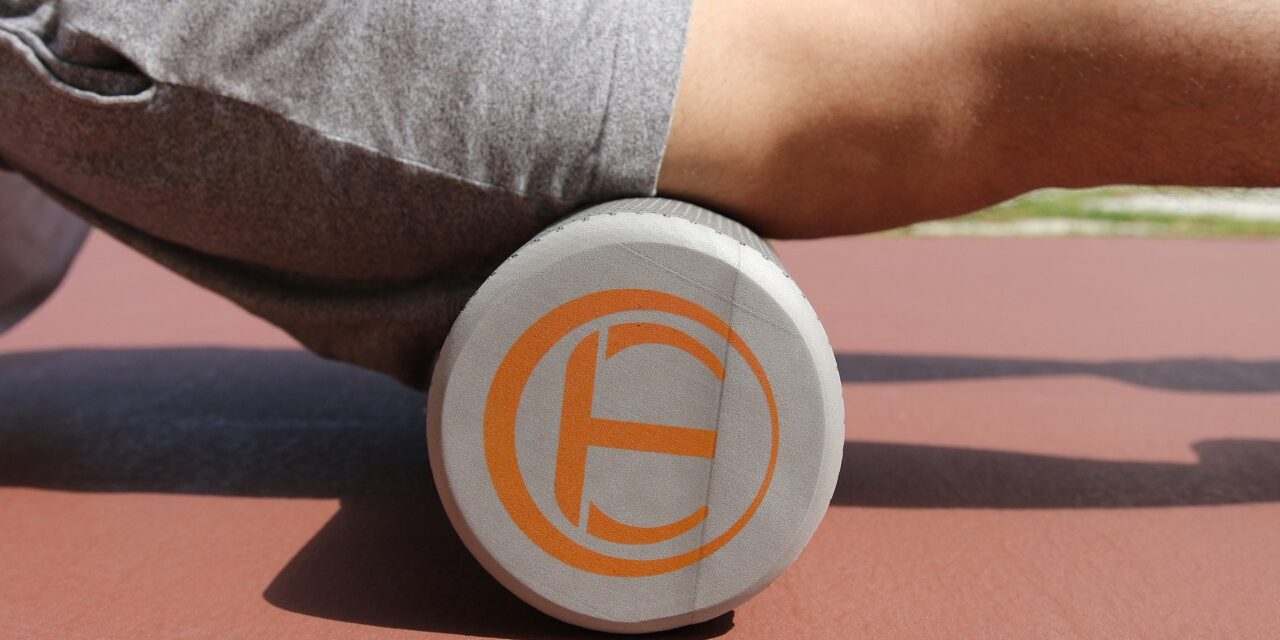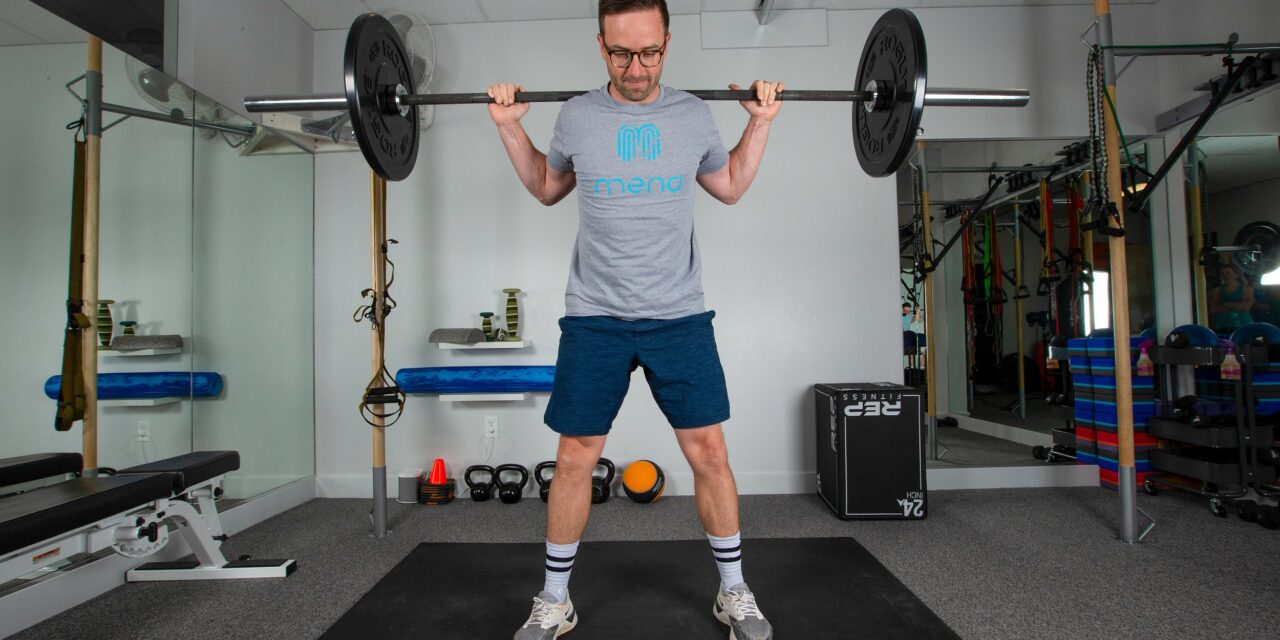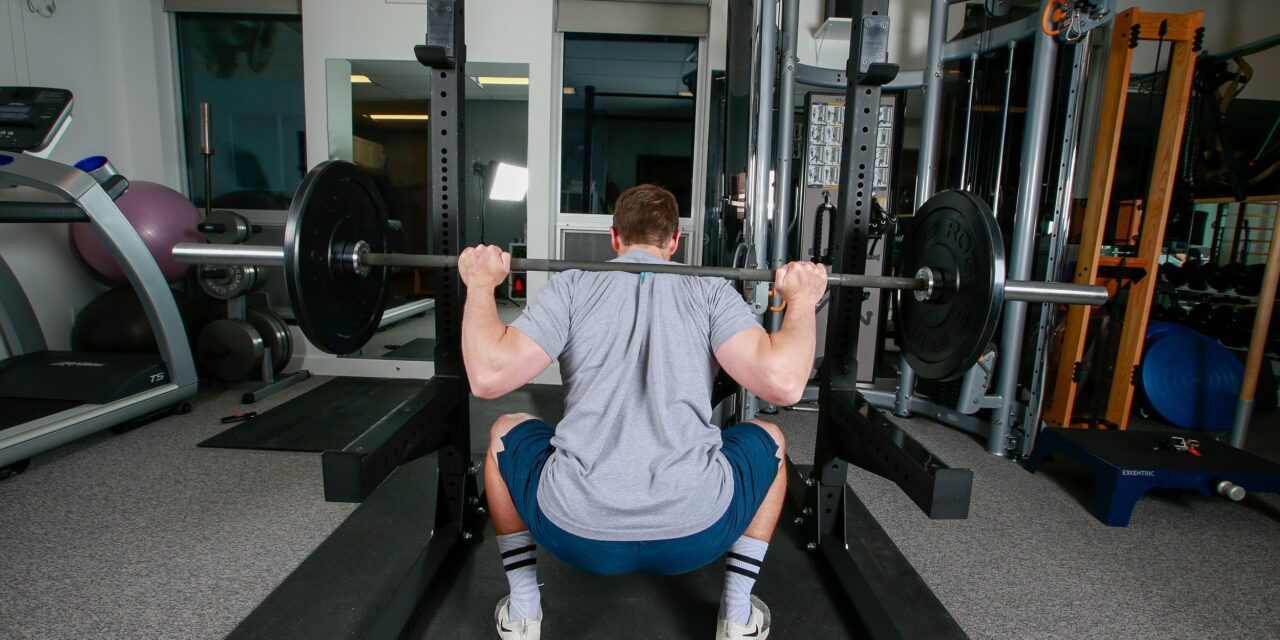Mastering GHD Sit-Ups: A Guide to Preventing Low Back Pain
Seeing GHD sit-ups on the whiteboard at the start of your CrossFit workout can be a make-or-break moment. It’s a movement that either leaves you excited or apprehensive. This exercise hammers the anterior muscle chain, demanding precise timing and execution. Unfortunately, without the right preparation, performing uncontrolled, extreme extensions of the lumbar spine during GHD...

